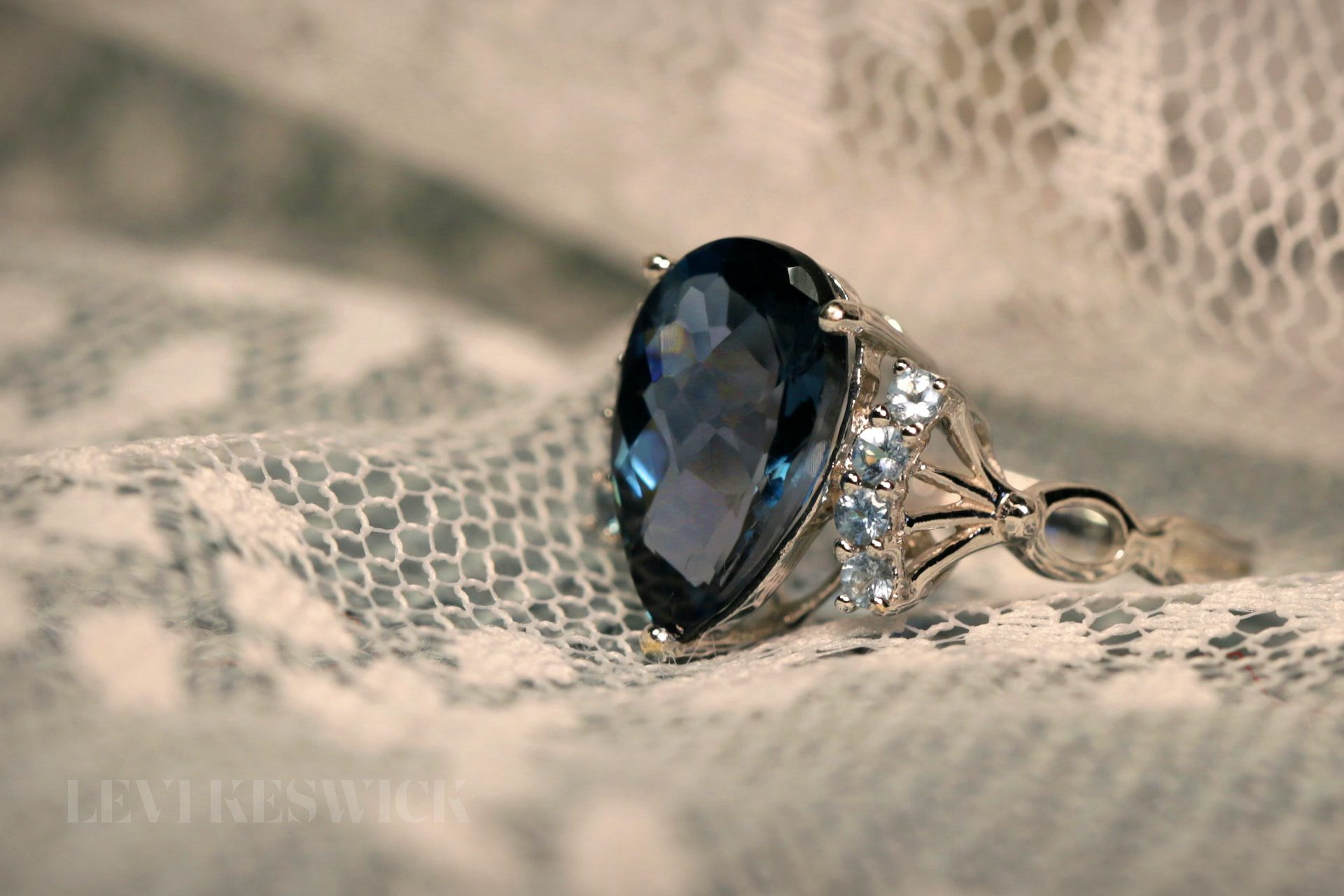Key Takeaways:
- Alexandrite’s unique ability to change colors contributes significantly to its price.
- The value of an Alexandrite ring varies depending on its cut, color, clarity, and carat.
- Not all Alexandrites are created equal; their quality categorization impacts their worth.
- Simulated Alexandrites, or “simulants,” are not genuine Alexandrites and are far less valuable.
The Mesmerizing Dance of Colors: Alexandrite’s Signature
The ability of Alexandrite to transition between the lush greens of an emerald in daylight and the deep reds of a ruby under incandescent lighting sets it apart in the world of precious gemstones. This enchanting dance of colors has coined the description “an emerald by day and a ruby by night.” Such vibrant shifts in hue render it a favorite for jewelry connoisseurs around the world, especially in exquisite rings.
Origins and Lore: The Backstory of Alexandrite
In the 19th century, the Ural Mountains of Russia revealed to the world the marvel that is Alexandrite. Though initially believed to be the gem’s sole source, time unveiled other deposits in countries like Brazil, India, Myanmar, Sri Lanka, and Zimbabwe. A symbol of luck and fortune, it’s no wonder that this captivating gemstone has become one of June’s birthstones.
So, How Much is an Alexandrite Ring Worth?
When evaluating the worth of an Alexandrite, the established 4 Cs come into play: cut, color, clarity, and carat. However, the unique color-changing property of this gemstone adds another layer to its valuation. Quality determines the cost, with prices ranging anywhere from $10,000 to an astonishing $50,000 per carat.
The Spectrum of Quality: From Low to High
1. Low-Quality Alexandrite: Often, low-quality Alexandrite may not showcase any significant color change, making it less desirable and rarely certified by labs. If considering an Alexandrite ring, it’s wise to bypass these stones, which seldom fetch more than $2,000 per carat.
2. Medium-Quality Alexandrite: Medium-quality Alexandrites often undergo lab certification, as they display a noticeable color shift, usually above 50-60%. A key attribute to look for is the stone’s color in daylight; it should predominantly be green or blue-green. The allure of this quality level often leads to its rarity, with values ranging between $7,000 and $20,000 per carat. The origin plays a role in its worth, with Russian or Brazilian Alexandrite being more prized.
3. High-Quality Alexandrite: Clarity becomes a pivotal factor for high-quality Alexandrites. The color change in these gems can be as pronounced as 80 to 100%. As with medium-quality stones, those from Russia or Brazil command higher prices, often starting at $20,000 per carat.
Steering Clear of Deception: Beware of Imposters
While genuine Alexandrite boasts of incredible beauty and value, the market isn’t devoid of imposters. Simulated Alexandrites, often referred to as “Alex,” can either be natural stones altered to resemble Alexandrite or entirely synthetic. Their lack of true color change, incorrect initial colors, and diminished durability compared to genuine Alexandrite make them a lesser choice. When considering how much an Alexandrite ring is worth, authenticity is paramount, and seeking expert advice before purchasing can be invaluable.
Final Thoughts
The magic of Alexandrite, with its exceptional color-changing ability, positions it as a gemstone par excellence. Whether looking to buy or appraise, understanding its origins, quality differences, and potential market imposters is crucial. After all, in the world of gemstones, knowledge often translates to value.








